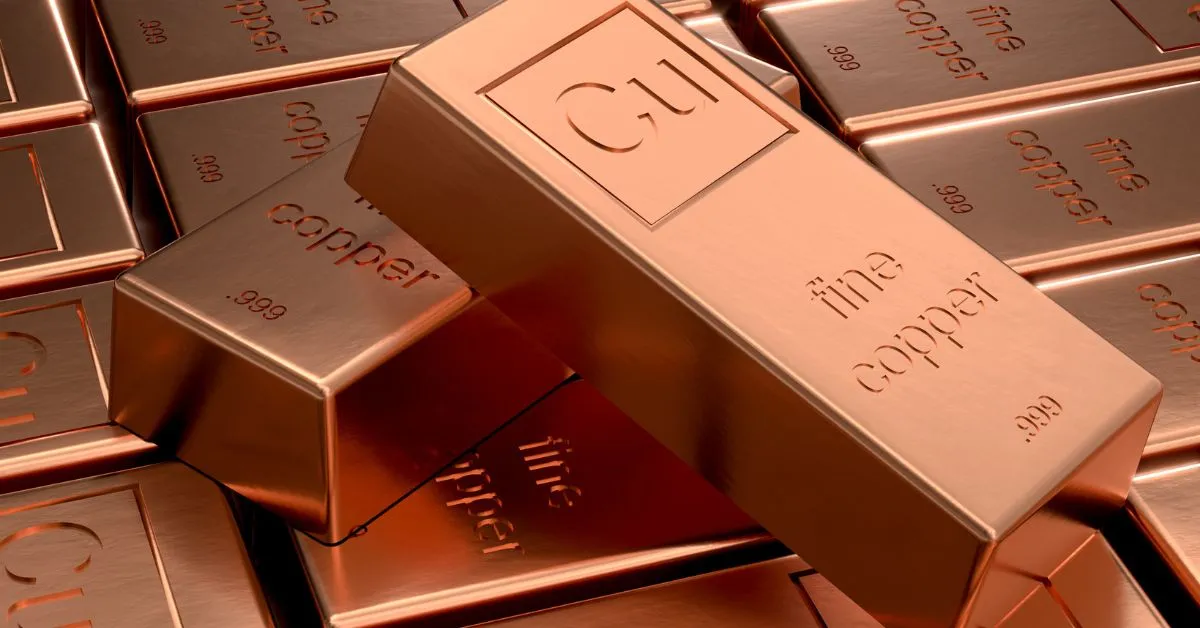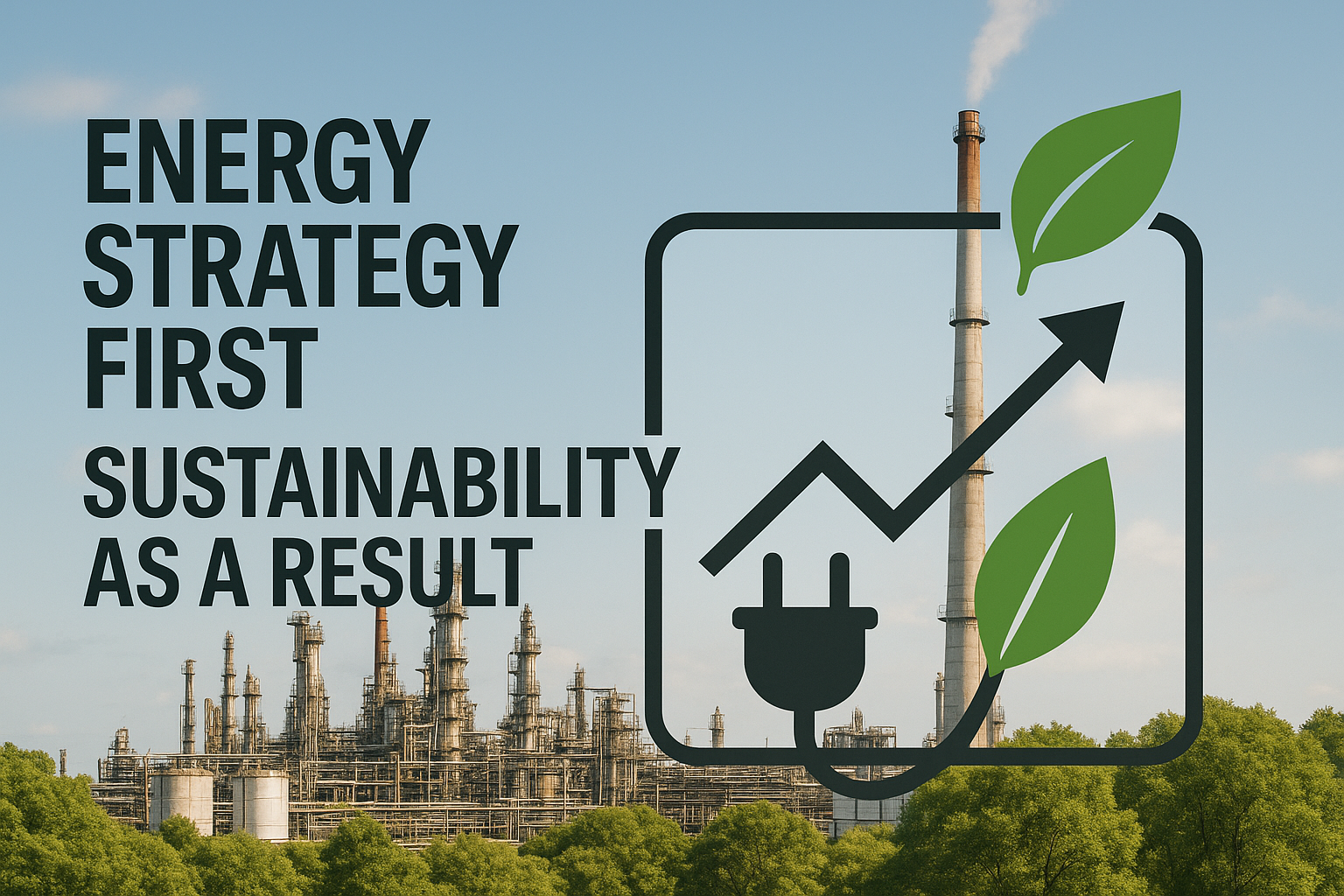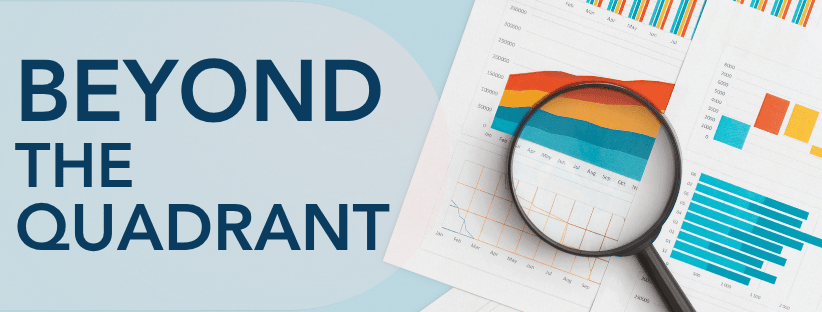If you run a copper processing plant today, you’re asked to squeeze more metal from rock that keeps getting poorer. Lower-grade ore means you must move and treat far more material for the same output, driving up reagent use and energy—already your second-largest operating cost—while water constraints tighten every year.
Raw-material shortages and early maintenance shutdowns have disrupted concentrate supply across major smelting hubs, adding pressure to maximize every ounce of production from existing operations.
Industrial AI is starting to flip that script. Plants that deploy data-driven control report up to a 25% drop in unplanned downtime, steadier recovery rates, and measurable energy savings. Early adopters have shown how embracing new technology safeguards margins even in volatile markets, while the same breakthroughs that have redefined AI refinery operations are now being tailored for mineral processing.
Three focused AI tactics—dynamic throughput optimization, flotation control for higher metal recovery, and grinding-circuit energy reduction—combine to protect uptime, cut costs, and unlock new revenue streams that can transform your operation’s economics.
1. AI-Powered Dynamic Throughput Optimization
You feel the pressure every time ore quality dips. Lower-grade feed forces more material through crushers, mills, and flotation cells, yet daily tonnage still hits a hard ceiling. Declining ore grades drive up energy use and reagent costs while constraining throughput across copper concentrators worldwide, creating an operational paradox where you need to process more to maintain output levels.
Traditional optimization methods can’t keep pace with this complexity. Manual setpoint adjustments, spreadsheet models, or unit-by-unit advanced control systems struggle to accommodate the hundreds of interacting variables that shift with each shovel load. Operators naturally err on the side of caution, running well below the plant’s true capacity to avoid costly disruptions.
Closed Loop AI Optimization offers a different path forward. A neural-network engine ingests millions of real-time data points—for parameters like ore hardness, mill power draw, cyclone pressure, concentrate grade—and continuously learns the nonlinear relationships that dictate bottlenecks. Rather than optimizing isolated equipment, it writes optimal setpoints back to the distributed control system (DCS) every few seconds, coordinating the entire processing chain as an integrated system. The model re-trains on fresh operating data, adapting automatically when feed characteristics shift or equipment performance drifts.
Integration remains straightforward since historians and DCS tags feed the model with no hardware replacement required. A typical rollout follows four phases—data extraction, model training, closed-loop deployment, and ongoing value sustainment—allowing you to capture hidden capacity without disrupting front-line operations with manual step testing.
2. Maximizing Metal Recovery with AI-Optimized Flotation Control
Every percentage point of copper that slips into the tailings represents lost revenue. A significant share of valuable metal still escapes in this stream, especially when ore grades fluctuate and manual setpoints lag behind changing conditions. Traditional flotation control asks your operators to juggle dozens of variables—pulp density, air rate, frother dosage—while simultaneously reacting to upstream disturbances. Even the most experienced crews cannot continuously calculate the nonlinear interactions that dictate recovery performance.
AI-powered optimization solutions address this complexity head-on. By streaming process sensor and laboratory, and historian data from historians into a self-learning model, the technology pinpoints the operating window that captures more copper while reducing reagent consumption.
The system addresses common operational concerns by flagging sensor drift, substituting redundant tags when needed, and surfacing its recommendations through familiar operator displays—transforming the solution into both a performance tutor and operational safety net. A small-scale pilot model built using your historical data can quantify the recovery potential currently hiding in your flotation circuit.
3. Cutting Grinding-Circuit Energy Costs (and Emissions) with AI
Grinding operations consume a big part of your plant’s total energy, making electricity the second-largest operating expense after ore feedstock. Rising utility prices and carbon pricing mechanisms only intensify the pressure to extract maximum value from every kilowatt consumed.
Traditional control approaches rely on fixed rules and operator intuition, leading mills to run over-powered (wasting energy) or under-filled (limiting throughput). Industrial AI eliminates this inefficiency by streaming thousands of sensor points—ore hardness, mill speed, cyclone pressure, motor load—to forecast power requirements, predict particle size distribution, and fine-tune water addition and rotational speed in real time.
Plants deploying these models report reductions in grinding energy requirements alongside simultaneous throughput improvements. This combination translates to millions in bottom-line value while delivering measurable drops in CO₂ emissions. Every megawatt-hour saved reduces Scope 1 and 2 emissions and strengthens your ESG reporting position.
Reinforcement learning continuously maps the nonlinear relationships between ore variability and mill performance, then sends optimal setpoints directly to your distributed control system. It balances energy intensity with product quality requirements, maintains grind size targets, and adapts automatically when feed characteristics change—eliminating the need for manual retuning cycles.
The economic value stems from electricity costs you’re already paying, so the investment hurdle only needs to overcome integration expenses rather than new capital equipment. Plants typically achieve energy savings that cover deployment costs in well under 12 months, with ongoing model retraining protecting these gains over time.
Turning Hidden Plant Capacity Into Measurable Profit
AI Optimization is helping copper producers uncover hidden plant capacity, increase recovery, and reduce grinding energy, delivering measurable results without disrupting current operations.
Imubit makes it easy to get started with a no-cost value assessment tailored to your copper plant. Using your historical data, we pinpoint bottlenecks, model potential improvements, and deliver a detailed ROI forecast. For copper producers ready to capture the value still sitting in the circuit, this is the first step.




